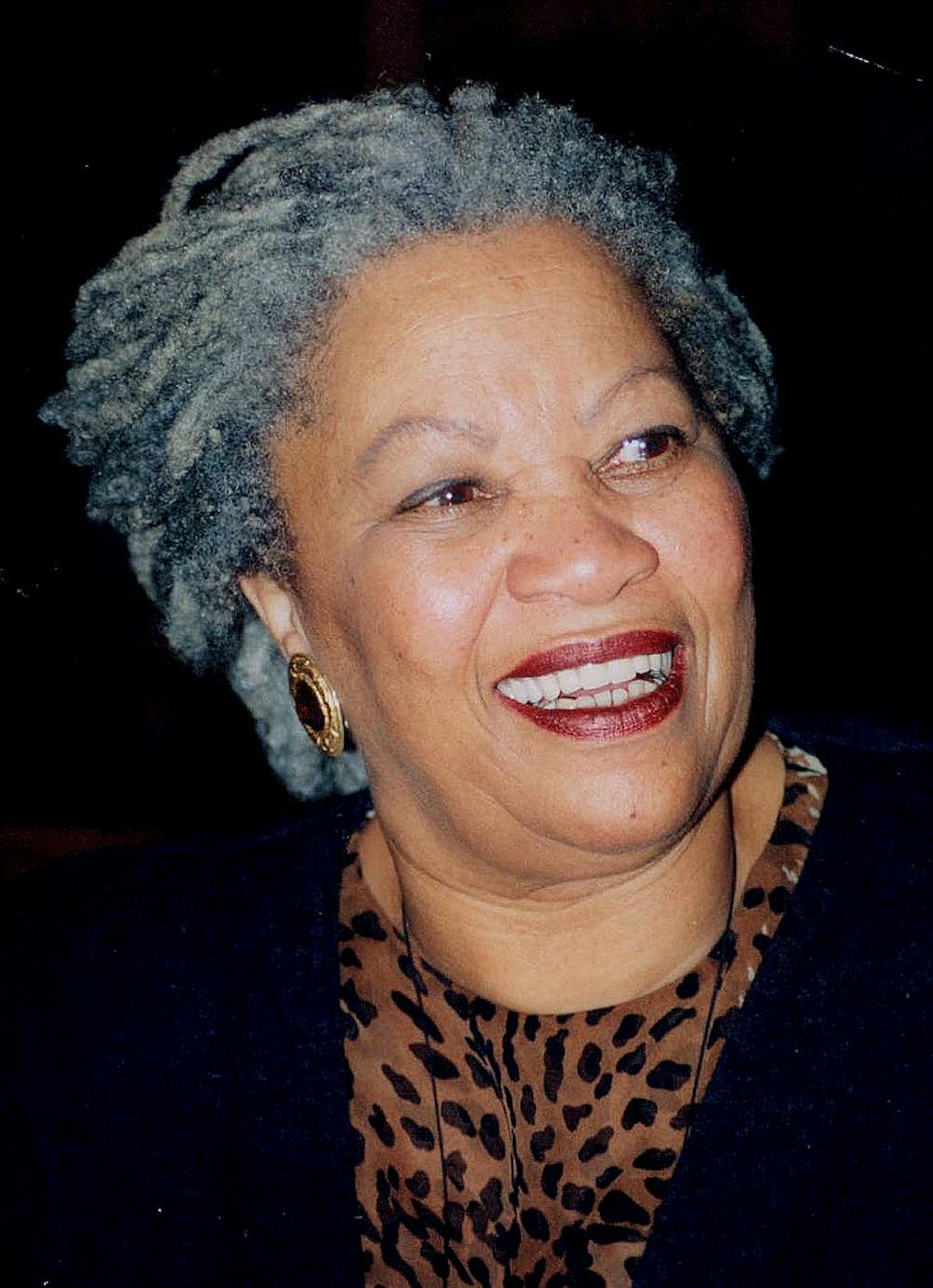“The vitality of language lies in its ability to limn the actual, imagined and possible lives of its speakers, readers, writers ... It arcs toward the place where meaning may lie.” Giving her Nobel lecture at the Nobel Prize award ceremony in 1993, Toni Morrison (1931-2019) taught readers about the true power of language and imagination, the strength of their identities and the honor of the Black experience.
Morrison’s art of writing, speaking and understanding guided many. Her body of work lives on as a vessel of hope, anti-racism and universal human dignity. Below are five compelling works by Morrison — must-reads for understanding the legacy of this legendary storyteller.
“The Bluest Eye”
Published in 1970, Morrison’s first novel follows the harrowing childhood of Pecola Breedlove. Eleven-year-old Pecola is an African American girl growing up in Lorain, Ohio (which is also Morrison’s hometown).
From the very first sentence, Morrison reveals to the reader the shocking plot of the novel: “Quiet as it’s kept, there were no marigolds in the fall of 1941. We thought, at the time, that it was because Pecola was having her father’s baby that the marigolds did not grow.” It feels as if Morrison is daring readers to continue — not to find out what happened, but rather to see how such an atrocity will affect young Pecola and the community around her.
Morrison wrote this novel to comment on the misplaced correlation between beauty and “whiteness.” Despite her challenging circumstances — an incestuous pregnancy, family strife and poverty — Pecola is most concerned with the color of her eyes. She is unable to perceive herself as beautiful. Instead, Pecola obsesses over blonde-haired, blue-eyed Shirley Temple, who represents an inaccessible mainstream beauty standard.
While the story addresses heavy issues that are difficult to process at times, “The Bluest Eye” is a relevant and timeless admonition of prejudice and social idealism.
“Song of Solomon”
Published in 1977, this novel accompanies its protagonist Macon “Milkman” Dead III on his journey to reconcile generational trauma. With little knowledge about his family history — especially about his enslaved grandparents — Milkman struggles to define who he is. This uncertainty results in a feeling of alienation from his community and perpetual dissatisfaction with the state of his life. Though he pushes away those closest to him, including his mother and sisters, it is clear that Milkman desires some form of kinship he never could embrace without knowing his family history.
With a myriad of multi-dimensional characters such as Milkman’s aunt Pilate and his friend Guitar, the novel explores many facets of the African American experience. It also incorporates multi-cultural elements from Native American heritageand African American folklore alongside Christian and Muslim motifs.
With every turn of the page, the reader is just as eager as Milkman to learn about the Dead family lineage, affirming the significance and strength of understanding one’s identity. Ultimately, this is what makes Milkman’s final discovery of himself and his past all the more poignant.
“Beloved”
Published in 1987, this Pulitzer-Prize winning novel is a macabre depiction of the life of Sethe, a formerly enslaved woman, and her family following the Civil War. Unlike “The Bluest Eye,” where the reader is immediately confronted with the plot, “Beloved” presents a far more intricate storyline.
Sethe and her daughter Denver welcome a stranger named Beloved into their house. As the narrative weaves back and forth in time and the perspective moves one character to another, the reader must piece the story fragments together. By the end of the novel, the true identity of Beloved remains ambiguous. Still, the elegant language and magical realism make for an engaging read. But what truly sets “Beloved” apart is the experience — a collaboration between the reader’s and the writer’s imaginations.
“Toni Morrison: The Pieces I Am”
For those who do not have time to delve into Morrison’s more lengthy works, the Hulu documentary “Toni Morrison: The Pieces I Am” is ideal for understanding and celebrating her career. Acclaimed writers, activists and celebrities — including Hilton Als, Angela Davis, Fran Lebowitz, Walter Mosley, Sonia Sanchez and Oprah Winfrey — comment on Morrison’s influence. The audience also hears from Morrison herself as she discusses the inspiration for her novels, such as her family and childhood. The documentary, like Morrison’s literal and figurative voice, feels both intimate and visionary. While meditative, the documentary provides a powerful exploration of American history through the eyes of one of the world’s most influential Black writers.
“The Measure of Our Lives: A Gathering of Wisdom”
Morrison’s quotes and words of wisdom have guided many readers through difficult times. They have empowered. They have comforted. They have transformed. This pocket-sized book allows readers to carry Morrison’s most famous maxims with them. Whether looking for a moment of quiet introspection or a revolution against conventional ideas, there is a Toni Morrison adage in “The Measure of our Lives” that is sure to inspire.





